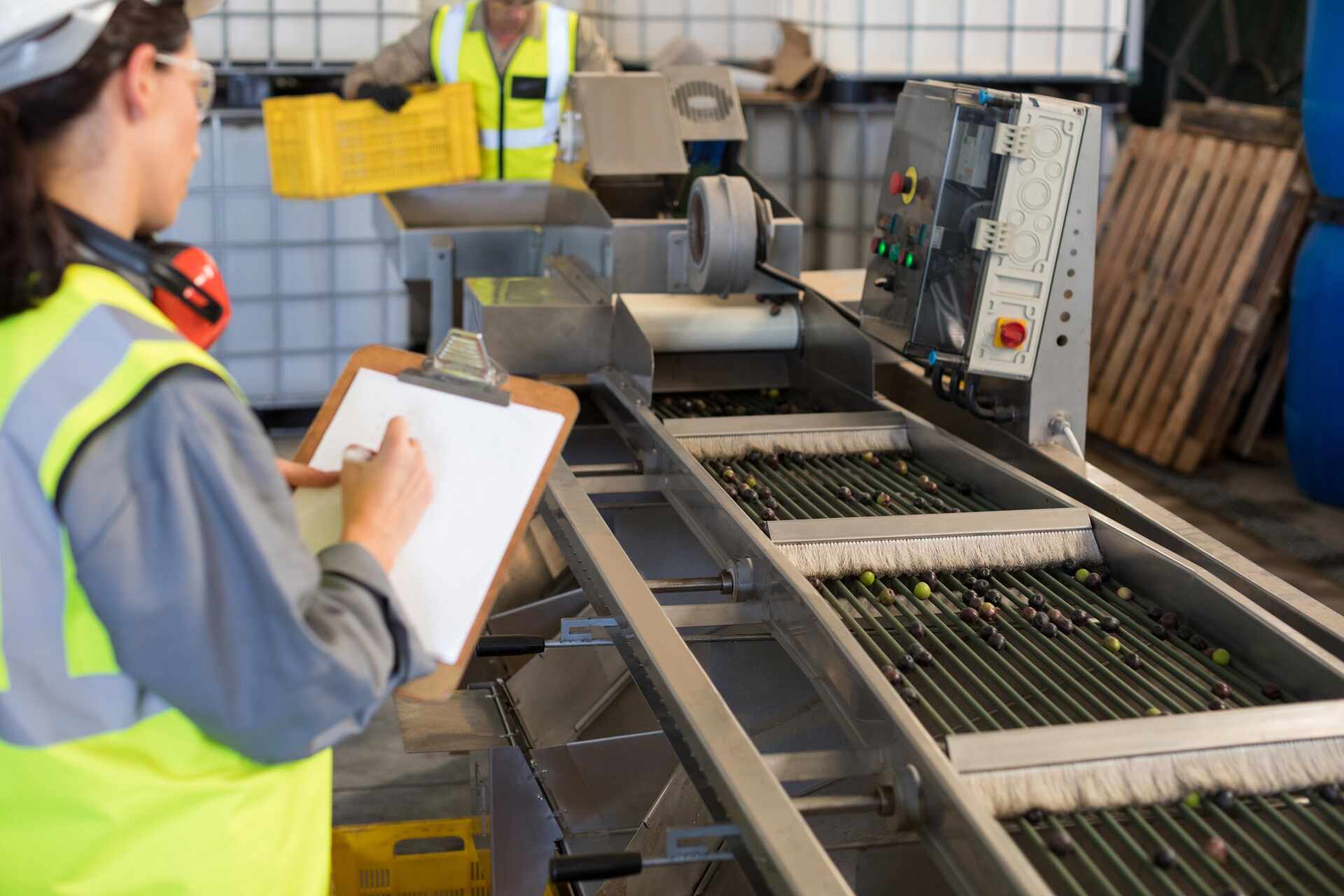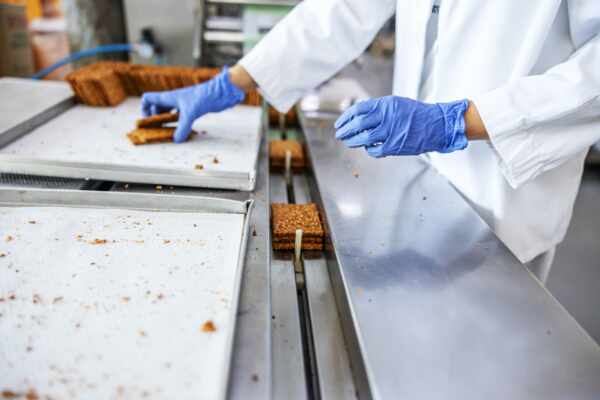Conveyor belts are a vital component of food manufacturing operations, providing the means to move products through various stages of the production process. However, these belt systems can also present challenges in terms of maintenance and repair.
A well-maintained conveyor belt system not only ensures optimal performance and productivity but also upholds essential food safety standards. Neglecting proper conveyor belt upkeep can lead to excessive downtime, compromised production efficiency, and the risk of non-compliance with food safety regulations.
In this article, we will delve into the impact of conveyor belt maintenance on food manufacturing processes, highlighting the importance of regular checks, timely repairs, and belt replacements when required. We will also discuss strategies to optimise conveyor belt maintenance practices, maximising the efficiency of your food production line, and reducing the risk of costly downtime.
The Importance of Regular Conveyor Belt Checks
Conducting routine inspections of your conveyor belt system is crucial to maintaining optimal production efficiency and food safety standards. Regular checks help identify issues in their early stages, preventing the need for costly repairs or replacements. Key elements to inspect during routine checks include:
1. Belt Tension: Ensure the conveyor belt has the correct tension to enable smooth operation and prevent it from slipping off the pulleys. Regularly inspect and adjust the tensioning device as needed.
2. Belt Wear and Damage: Check for signs of wear, including fraying, cracks, and tears in the belt material. Damaged belts can compromise product handling and food safety standards, necessitating immediate repairs or replacement.
3. Pulleys and Rollers: Examine the pulleys and rollers for signs of damage, misalignment, or wear that could impair the conveyor belt’s efficient movement.
4. Bearings, Motors, and Drives: Regularly inspect these components for wear, excessive heat, and unusual noises. These issues can indicate problems that may cause system failure and require immediate attention.
Efficient Conveyor Belt Maintenance Strategies
Implementing strategic conveyor belt maintenance practices can help maximise system performance, prevent costly downtime, and promote compliance with food safety regulations. Consider these maintenance strategies for efficient upkeep:
1. Scheduled Downtime: Plan regular periods of production downtime dedicated to conveyor belt maintenance and inspections. Scheduled downtime helps prevent unexpected equipment failures that may lead to more significant production disruptions.
2. Preventative Maintenance: Adopt a proactive approach to conveyor belt maintenance by performing regular inspections, addressing minor issues before they become critical, and conducting preventative component replacements based on operational lifespan.
3. Staff Training: Ensure staff responsible for conveyor belt maintenance are well-trained and possess the necessary knowledge, skills, and tools to perform thorough inspections and repairs effectively.
4. Documentation and Recordkeeping: Maintain thorough documentation and records of maintenance procedures, inspections, repairs, and component replacements. These records provide valuable insights for preventative and predictive maintenance strategies, helping to optimise conveyor belt performance and reduce downtime.
Timely Repairs and Replacement: When to Take Action
It is vital to address conveyor belt issues expediently to minimise production disruptions and ensure food safety standards are upheld. When contemplating whether to repair or replace a conveyor belt system, take the following factors into consideration:
1. Age of the Belt: Older conveyor belts may require more frequent repairs or even replacements. Consider upgrading to a newer, more efficient belt if the current belt is approaching the end of its operational lifespan.
2. Severity of Issues: Assess the extent of the damage or potential production impact when deciding between repair or replacement. Severe damage, significant inefficiency, or food safety risks may warrant a full belt replacement.
3. Cost-Benefit Analysis: Evaluate the financial impact of repairs versus replacements. If the cost of repeated repairs is exceeding or approaching the cost of a new conveyor belt system, replacement may be the more economical option in the long term.
4. Production Requirements: Determine whether repairs or replacement will have a more significant impact on your production schedule. A timely repair may be more viable than a full system replacement, as long as food safety and production efficiency can still be maintained.
Maximising Conveyor Belt Efficiency with Proper Upkeep
A well-maintained conveyor belt system can significantly enhance food manufacturing operations’ efficiency and productivity, ensuring that food safety and quality control standards remain uncompromised. By investing in regular conveyor belt checks, mastering maintenance strategies, and conducting timely repairs and replacements when needed, food manufacturers can maximise the performance of their conveyor belt systems and reduce the risk of costly downtime.
Final Thoughts
Proper conveyor belt upkeep is essential for maximising efficiency, minimising downtime, and maintaining food safety standards in food manufacturing operations. By implementing regular conveyor belt checks, strategic maintenance practices, and timely repairs or replacements as needed, food manufacturers can optimise their production processes and uphold exceptional food safety and quality standards.
Utilising expert advice and support from conveyor belt specialists such as Change Parts will ensure your operation remains at peak performance, safeguarding productivity and compliance with food safety regulations.
Experience the benefits of expert conveyor belt maintenance support from Change Parts. Reach out to our team of specialists today to learn how our comprehensive range of conveyor belt solutions, industry-leading expertise, and personalised approach can assist you in achieving exceptional food manufacturing operations performance and food safety standards.




